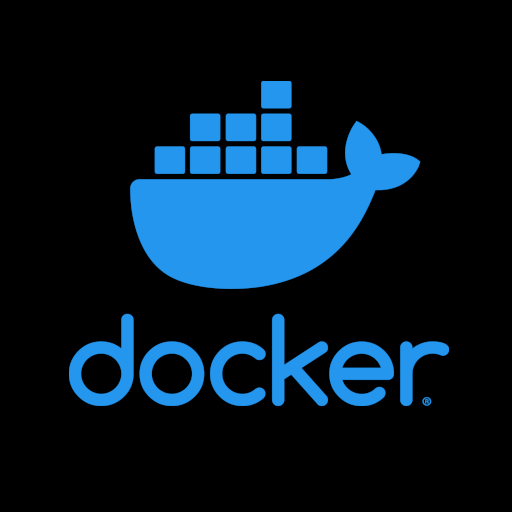

To be fair, it is a very long-winded post. I think it’s not an uncommon use case, though, and so deserved a robust sketch of the desired solution; Farmville and chat are sideshows, and what the people left on Facebook are really there for are the Walls.








Goroutines are amazing and extremely easy to use. However, you should absolutely not include them wherever possible. Using them can in fact slow down a program for which they are not suited (context switching still has a cost), and they introduce non-trivial complexity.
Still, it’s nice to see a post with some start-here optimization ideas; many Go optimization articles assume a deep experience with Go and can be daunting.